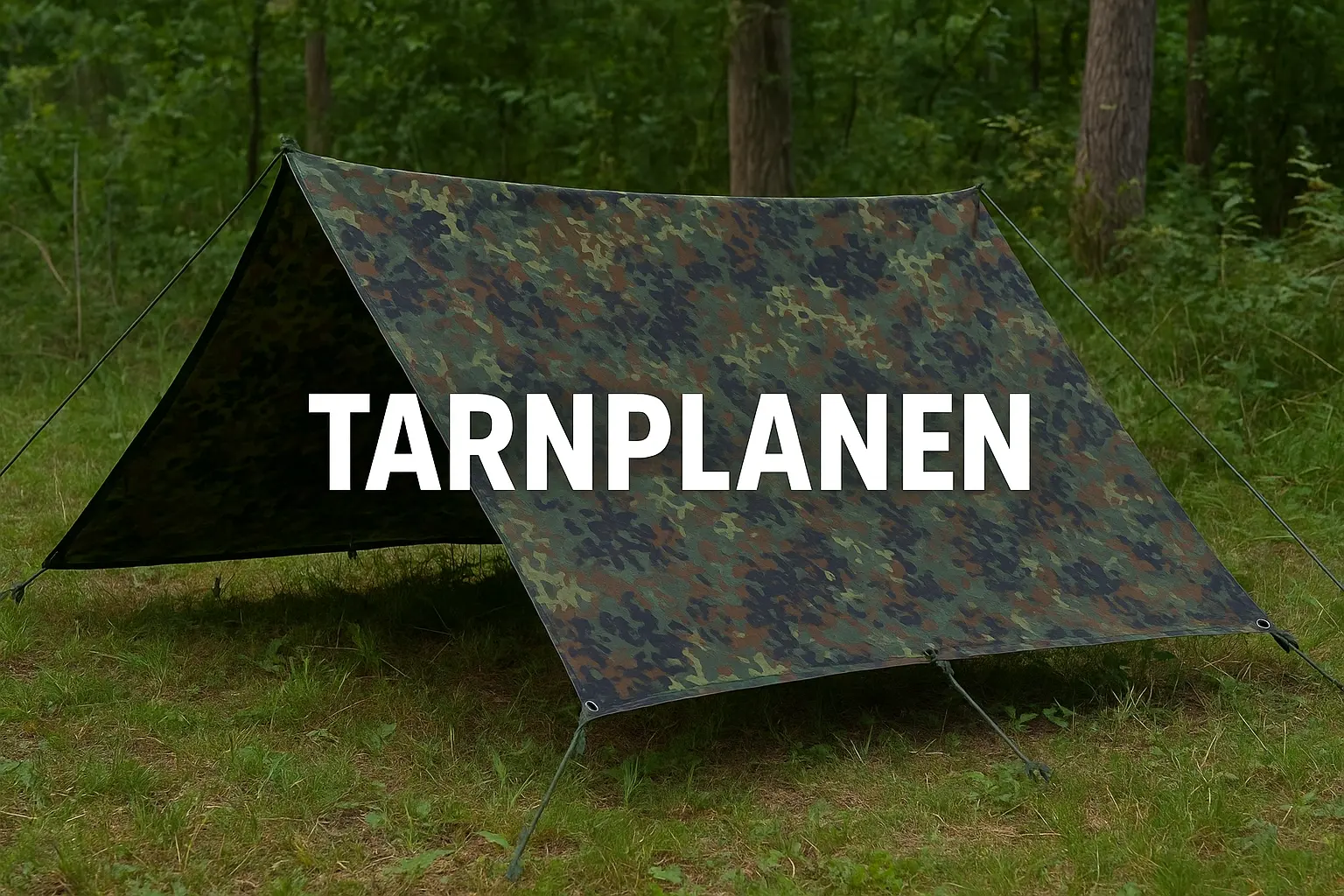Outdoor enthusiasts, campers, and professionals often look for reliable protection against rain, wind, and sun. One of the most practical tools for these situations is a camouflage tarpaulin, commonly known in German as tarnplanen. These covers are not just about keeping things dry; they also blend into the environment, making them useful for camping, survival, and even tactical purposes. In this guide, we will explore everything you need to know about tarnplanen, from materials and uses to care tips and buying advice.
What Are Tarnplanen?
A tarnplane is essentially a tarpaulin designed with camouflage patterns. Unlike standard blue or clear plastic tarps, tarnplanen serve two functions at once: protection from the elements and concealment in natural surroundings. They help reduce visibility by breaking up outlines, making them especially useful for hunters, survivalists, and military users. For everyday outdoor lovers, a tarnplane can be the difference between a wet, uncomfortable night and a dry, secure shelter.
Materials and Key Features
Tarnplanen come in different materials, each offering distinct benefits:
- Polyethylene (PE): Lightweight, waterproof, and affordable.
- PVC-coated fabrics: Heavier, more durable, and resistant to tearing.
- Nylon: Compact and easy to carry, popular for backpackers.
Other important features include UV resistance, reinforced edges, and metal grommets for secure attachment. When selecting tarnplanen, check the material thickness (measured in grams per square meter), as this indicates durability and resistance to wear.
Popular Uses of Tarnplanen
The versatility of tarnplanen makes them suitable for a wide range of scenarios:
- Military and tactical use: Concealing vehicles, equipment, and camps.
- Camping and hiking: Quick shelters, rain covers, or ground sheets.
- Hunting and fishing: Blinds for staying hidden from wildlife.
- Everyday outdoor use: Covering firewood, garden tools, or boats.
The ability to adapt to different needs is what makes tarnplanen a favorite among outdoor enthusiasts worldwide.
Sizes and Shapes Available
Tarnplanen are available in many shapes and dimensions:
- Small models (around 2×2 m): Ideal for solo camping or lightweight hiking.
- Medium sizes (3×4 m): Suitable for small groups or covering gear.
- Large models (4×5 m and above): Perfect for vehicle protection or group shelters.
Rectangular and square shapes are most common, but some tarnplanen are cut specifically for military use or to fit vehicles. Your choice depends on how and where you plan to use it.
How to Choose the Right Tarnplan
Selecting the best tarnplane involves balancing several factors:
- Purpose: Will it be used for camping, hunting, or storage?
- Weight and portability: Lighter models are better for trekking, heavier ones for stationary setups.
- Durability: Look for reinforced corners and strong seams.
- Camouflage pattern: Match the environment—woodland, desert, or snow.
By considering these factors, you ensure the tarnplane you choose will perform well in your intended environment.
Care and Maintenance Tips
A tarnplane will last longer with proper care:
- Clean it gently with lukewarm water and a soft brush.
- Allow it to dry completely before storage to prevent mold.
- Avoid storing it under direct sunlight for long periods.
- Repair small tears quickly with tarp repair tape or patches.
Taking these steps can extend the lifespan of tarnplanen, making them a reliable companion for years.
Advantages of Using Tarnplanen
Why are tarnplanen so popular? Here are some clear benefits:
- Durability: Designed to withstand harsh outdoor conditions.
- Versatility: Can be used for shelter, concealment, or storage.
- Cost-effectiveness: A single tarnplane can serve multiple purposes.
- Discretion: The camouflage design keeps you and your belongings less visible.
For anyone spending time outdoors, tarnplanen are a practical investment.
Common Mistakes to Avoid
Even the best tarnplane won’t perform well if misused. Avoid these errors:
- Buying the wrong size, which limits versatility.
- Ignoring the quality of grommets and seams.
- Choosing the wrong pattern for your environment.
- Storing it damp, leading to mold and odor.
By avoiding these mistakes, you’ll get the most from your tarnplane.
Conclusion
Tarnplanen are more than just simple covers. They combine weather resistance, strength, and camouflage to create a versatile tool for outdoor activities. Whether you are camping in the forest, hunting in the wild, or simply covering equipment at home, a good tarnplane can make all the difference. Choose wisely, care for it properly, and enjoy reliable protection and concealment wherever your adventures take you.
FAQs
1. What is a tarnplane used for?
A tarnplane is used as a protective and camouflage tarp for camping, military, or everyday outdoor needs.
2. Are tarnplanen waterproof?
Most tarnplanen are made from waterproof or water-resistant materials like PE or PVC.
3. Can I use a tarnplane for camping?
Yes, tarnplanen are excellent for shelters, rain protection, and ground covers.
4. What size tarnplane should I buy?
Smaller sizes are good for solo use, while larger ones are best for vehicles or group shelters.
5. How do I extend the life of a tarnplane?
Clean, dry, and store it properly, and repair small damages promptly.



